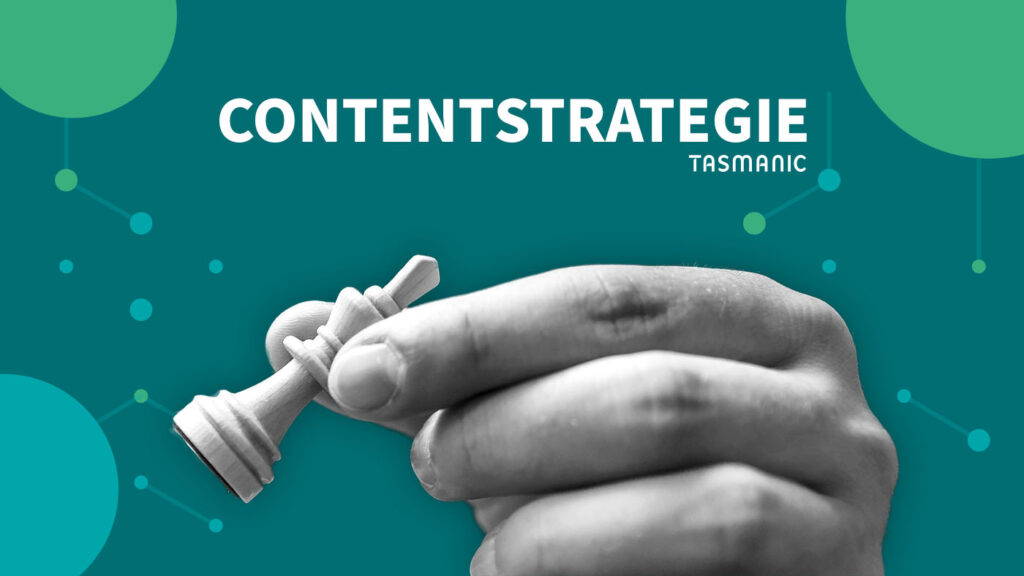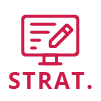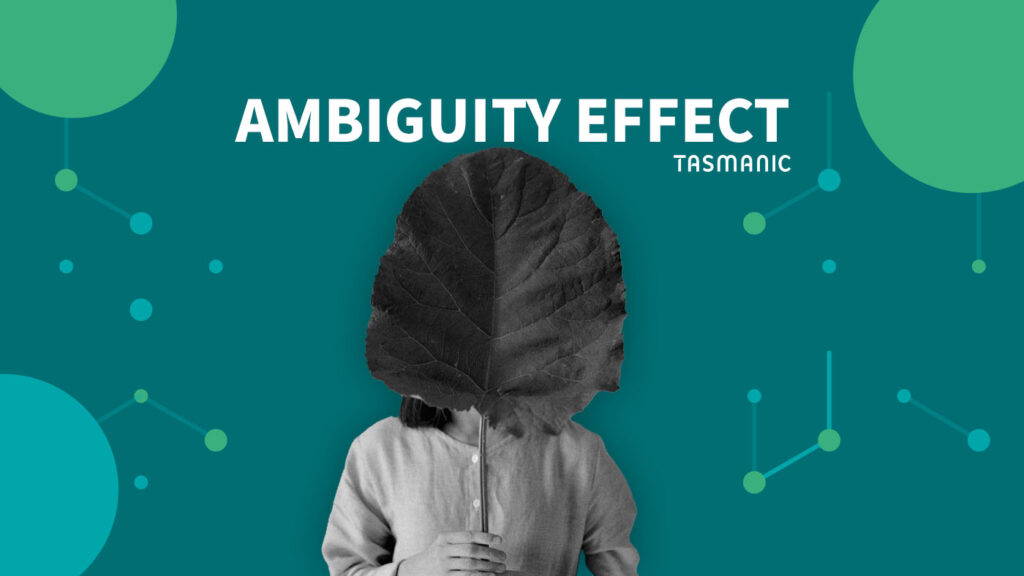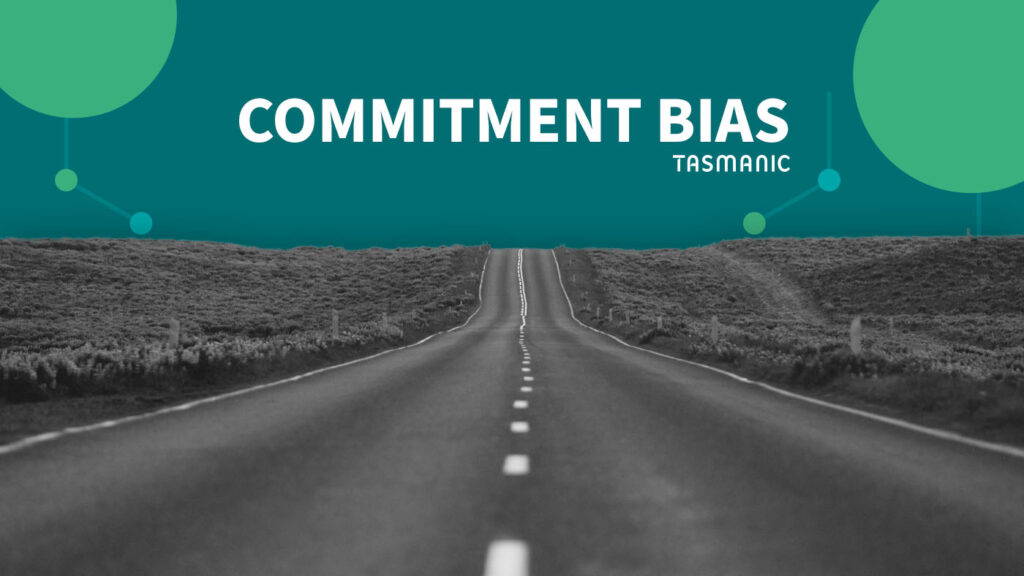Table of contents
- What is a content strategy?
- Why a content strategy?
- Content strategy roadmap
- 1. Define your goals
- 2. Make your goals measurable in KPIs.
- 3. Define your target audience
- 4. Outline the customer journey
- 5. Define content by phase
- 6. Put together your content marketing plan
- 7: Create a new content strategy
- Content strategy example
- Content strategy tips

Last updated June 14, 2023
What is a content strategy?
A content strategy is a specific component within the overall marketing strategy. In it, you define the goals and your plan of action in terms of online content. This includes blog articles and videos, as well as infographics, social media posts and podcasts.
A content strategy is also called a content marketing strategy. In both cases, they mean exactly the same thing: a strategy by which you deploy content to contribute to your marketing goals.
Why do you need a content strategy?
Content is a valuable tool for achieving your marketing goals. But it is important to see it as a means, and not an end in itself. A well thought out strategy is therefore indispensable. Every piece of content you publish should contribute something to your goals. And that is exactly what you clearly map out with a content strategy.
Content strategy roadmap
How do you actually start such a strategy? And what do you have to think about? The exact details differ from case to case. The following step-by-step plan for a content strategy will show you the most important points to consider.
1. Define your goals
A content calendar without a strategy is a trap that many business owners fall into. People want to do "something" with content marketing, but don't know exactly what. Often people think about the content, but not about which goals are actually to be achieved.
So be sure to sharply define the goals of your content strategy before moving forward. Those goals can be very different. Consider, for example:
- increasing brand awareness;
- attracting more traffic to the website;
- generating valuable leads;
- getting visitors to convert better;
- retaining existing customers.
As you can imagine, each goal requires a very different approach. You can retain existing customers with a strong e-mail strategy. This is not applicable if you want to attract new visitors to your website. This is more likely to involve developing content for channels such as social media or SEO.
2. Make your goals measurable in KPIs.
Setting goals is a good first step. But you also need to figure out how to determine if and when you will achieve those goals. You do that through KPIs, or your Key Performance Indicators.
In line with the aforementioned goals, you could set the following KPIs, for example:
- Brand awareness: increase in direct traffic to your website and/or the number of brand mentions on social media.
- Traffic: increase in indirect traffic to your website, specifically through the channels where you have placed your content.
- Leads: for this you can set certain targets in Google Analytics, for example for making an appointment via the website.
- Conversion: also measurable in Analytics, where you set targets in specific parts of the funnel.
- Retention: when using email for this purpose, you make the results transparent by means of open rates, click rates and UTM parameters.
3. Define your target audience
Many organizations produce content from their own point of view: what do I, as a company, want to tell my customers? In a good content strategy, you turn that around: what does your customer really want to hear? You can say as much as you like, but if your customer does not want to hear it, you will never get results.
To map out what your customer wants to hear, it is important to get to know your target audience first. There are several ways to do that. You may have already considered this extensively in your market research. If not, developing personas is a practical way to give your target group a face.
4. Outline the customer journey
After you have defined your target audience, you start looking at the journey they take before they purchase your product or service. We call this journey a customer journey. You map out the moments when someone from the target group comes into contact with your company. We call these moments touchpoints.
Then, at each touchpoint, you consider what your company can do to ensure that the person in question eventually becomes a customer. You divide the customer journey into different phases. The most common phases in a customer journey are:
1. Awareness
2. Consideration
3. Purchase
4. Delivery
5. Loyalty
5. Determine what type of content is needed at each stage
At each stage of the customer journey, a customer is sensitive to different types of content. In the awareness phase, people first come into contact with your company. This could be because someone searches Google for specific information and lands on your blog.
At the consideration stage, your company is already a serious candidate among a number of alternatives. In that case, inspiring customer stories or reviews can give the final push. In this way, look at each phase and, using your personas, tailor the right content accordingly.
6. Put together your content marketing plan
Now it's time to turn your strategy into a practical plan of action. You do that in your content marketing plan. This involves looking at what content you already have, to what extent it is satisfactory and where it needs to be improved or supplemented with new content.
You then plan all content and related work (research, creation, etc.). A content calendar is a good tool here to make sure you don't overlook anything and keep the momentum going.
7: Create a new content strategy
Content marketing is an ongoing process. When you have achieved your current goals with your content strategy, it is wise to go through steps 1 through 6 again. Look for new opportunities, but also monitor the results of your previous content strategy. It could be that your content does not have the desired effect (in the long run). Include that in your new content strategy as well. This way, you can keep working endlessly on the content on your website to reach more (relevant) people every day and contribute to the marketing goals which in turn contribute to the business goals.
Content strategy example
Let's bring in some well-known and successful content strategy examples:
Example Moz
The company Moz makes tools you can use for your SEO, link building and content marketing. Moz's content strategy is to offer valuable lessons to its visitors: Moz's Whiteboard Friday series. Moz adds value to visitors by covering topics that visitors need and struggle with. Not only is this good for the online findability of your website, but it also creates a relationship with your visitors who are satisfied with your content.

Example Red Bull
We all know Red Bull's famous energy drink, but they are also known as a king of marketing. That's for good reason too, just look at Red Bull's YouTube channel, currently 11.6 million subscribers! What stands out about the content Red Bull creates: they don't talk about themselves or the product, but rather try to sell the experience to customers. Because of this, Red Bull is associated with high adrenaline and extreme sports. Just take a look at the latest videos they have uploaded.

A few final tips
With this roadmap, you're already well on your way to creating your own content strategy. Finally, a few tips to perfect your strategy even further:
1. Choose quality
If you're going to go with content marketing, do it right. Nothing looks more unprofessional than a blog that hasn't been updated in six months. Or an Instagram post with poorly cropped images. Make sure you have enough manpower and budget, and when in doubt, always call in an expert.
2. Cross-fertilization between channels
A lot of content can work on different channels. Think about that when developing your content. Keep SEO in mind when writing blogs, for example, but also think about how you can use them on social media or in a mailing. That way, you get the most out of your content strategy.
3. Create a style guide
Chances are you will outsource tasks in executing your content strategy to colleagues, staff or external parties. To do so, create a style guide in which you properly record things like tone of voice, image guidelines, frequency of posts, etc. This ensures uniformity and recognizability in your content.
Is your company missing opportunities?
Our pay is based on your results.

















 Team
Team FAQ
FAQ Prices
Prices Vacancies
Vacancies Contact
Contact Marketing
Marketing SEO
SEO SEA
SEA Strategy
Strategy Sales
Sales Optimization
Optimization AWR
AWR Ahrefs
Ahrefs Channable
Channable ContentKing
ContentKing Leadinfo
Leadinfo Optmyzr
Optmyzr Qooqie
Qooqie Hubspot
Hubspot Semrush
Semrush




